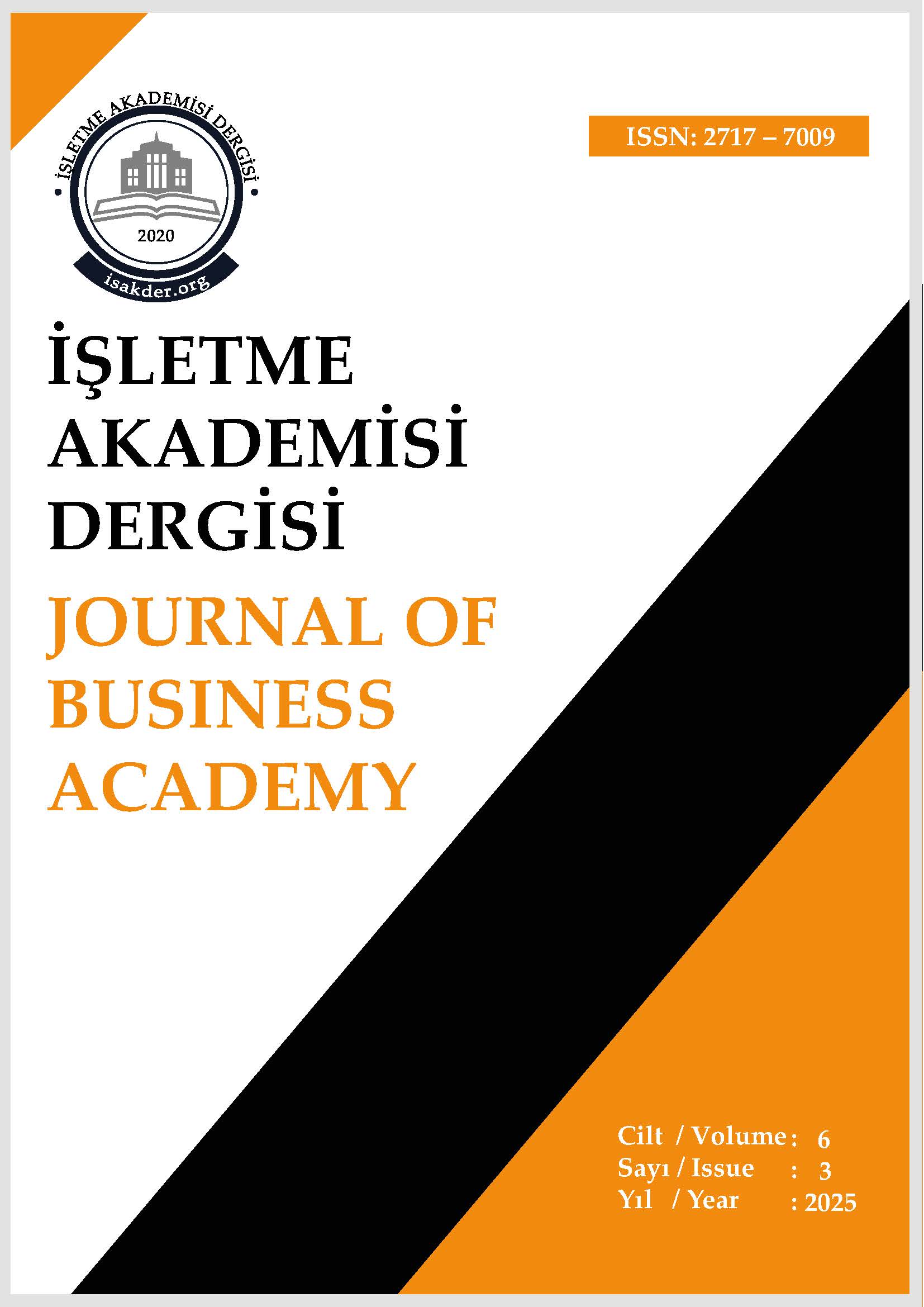Analysis of Extreme Risk Causality Relationship Between MSCI European Region Index and BIST 100: Hong Causality Approach
Main Article Content
Abstract
In this article, causality is estimated in the case of excess risk between the Turkish stock market (BIST100) and the European Region (MSCI Europe Index). For this purpose, the causality test is carried out in the risk situation developed by Hong et al.(2009). In the method proposed by Hong et al. (2009), the focus is on the causality relationship between two markets in the case of excessive risk, and here the causality relationships are discussed within the Granger framework. The data used in the analysis is between 31-05-2009 and 15-09-2024. Here, excessive risk is defined as the situation where the actual loss in the markets exceeds the loss we expect. In this way, the focus is on whether the situation regarding excessive risk in one market can be predicted more successfully by using the information about the past excessive risk in the other market. At the 10% risk level, a causal relationship is detected in the case of extreme risk from the European Region to BIST100 for all days except M=1. But from BIST100 to the European Region, no causality relationship is found for all lag values. Accordingly, it can be stated that the European Region plays a more active role in price determination (Korkmaz et al., 2017:743-751). It is believed that the findings obtained will also help policy makers in designing structural measures that will reduce the negative impact of the spread among the indices found to be linked, especially in the times of crisis (Sezen and Çevik, 2022: 2024).
Article Details

This work is licensed under a Creative Commons Attribution 4.0 International License.

